ANTHONY RICHARDSON ON NETFLIX!!!: Netflix Has Officially Released Documentary On Detroit Lions Star “Anthony Richardson ” After A Remarkable And Outstanding Performances Displayed During His….
There is a lot of pressure on Indianapolis Colts quarterback Anthony Richardson to show marked improvement in 2025.
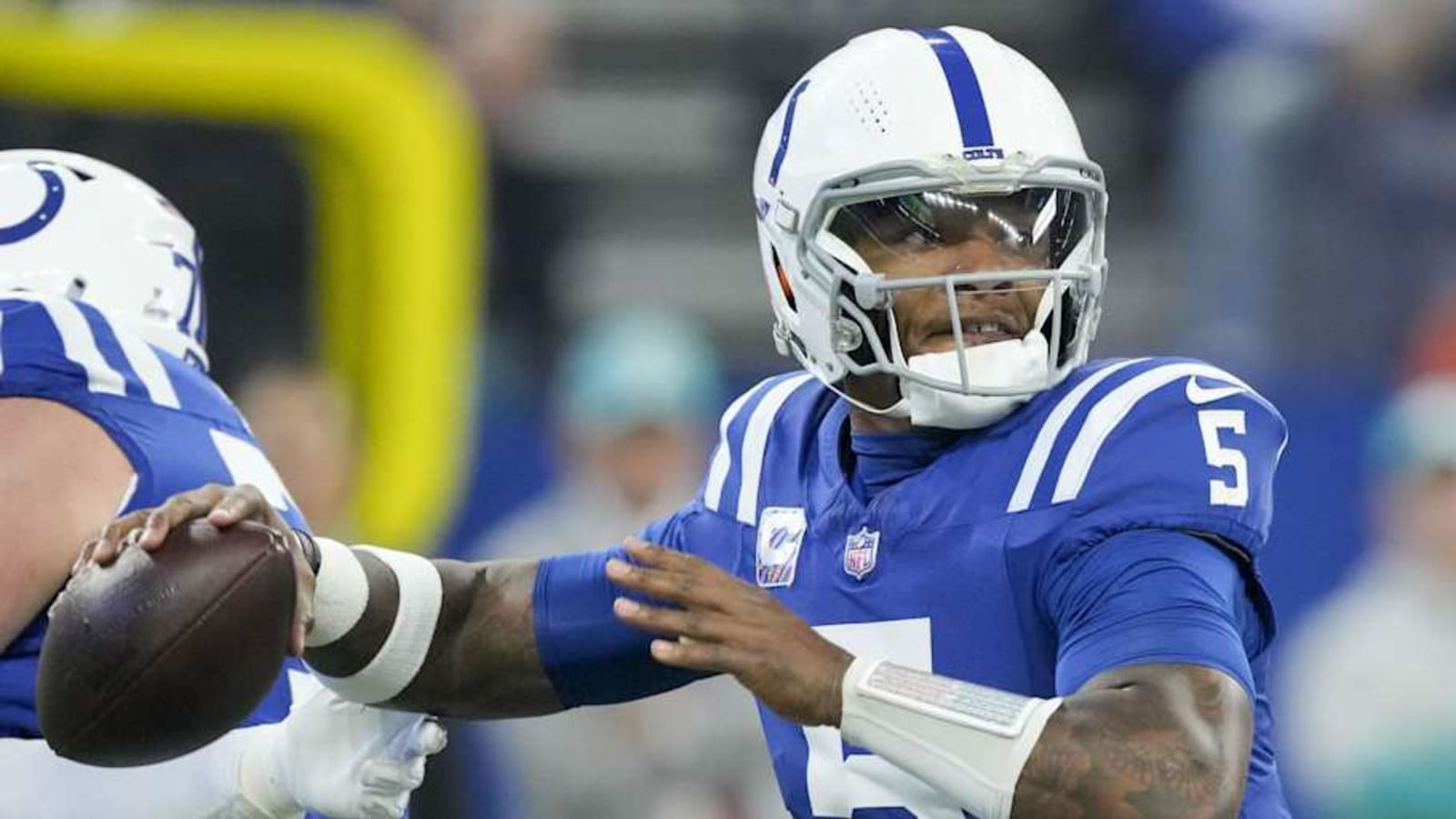
While Richardson must prove he can stay healthy next season, he must also shore up his mechanics and consistency throwing the football. And the Colts’ quarterback already has a plan in place.
ESPN’s Stephen Holder reported that Richardson is back to throwing and making football movements after missing the final two games of the season with back spasms. Richardson will begin his offseason program in a couple of weeks with private coach Will Hewlett, focusing on short-to-intermediate throws and adding more touch on those passes. Improving his footwork will also be a top priority for Richardson.
The most intriguing nugget from Holder’s report is Richardson will be working with renowned biometric expert Chris Hess to help adjust and refine his throwing motion. Hess has helped other NFL quarterbacks, most notably Josh Allen of the Buffalo Bills, to improve their mechanics and enjoy more success on the field.
But you may ask, “Why is Richardson’s work with Hess so important?” Let’s dive into Hess’s work, Allen’s experience, and how Richardson can translate the offseason work to in-season success.
Hess has had quite the journey in the football world. A former long-snapper at Kansas State, Hess turned to a career in sports science after his playing days were over. He founded the company Biometrek, a 3D motion analysis company that uses state-of-the-art technology to track the movements of athletes to improve every facet of their game.
“We provide a competitive advantage to professional teams and athletes through unique insights into player health, performance and skill,” Biometrek declares on their website. “Our approach is informed by applied biomechanics and a thorough understanding of position specific movement patterns.”
According to Sports Business Journal, Hess has every quarterback he works with go through three different exercises. The first involves a marker-less 3D Motion Capture system that captures how the quarterback’s arm, body, and joints work together. The quarterback is instructed to throw every route in the route tree, squat, jump, and lunge as the system records all of the motions at 240 frames per second.
The second phase includes measuring what the quarterback is doing from the ground up. The player stands on dual force plates to measure the ground forces at work when throwing the football.
The third exercise tracks a quarterback’s passing velocity. The device used to produce the velocity is called TrackMan, normally used in baseball to determine the exit velocity of hitters and the spin rate of pitchers. After a few adjustments, Hess used the TrackMan device to measure passing velocity with a football.
Once the three exercises are completed, Hess analyzes the full picture of a quarterback’s throwing motion from the ground up and identifies the areas that can be improved to increase velocity and accuracy. This process is what Allen went through with Hess in the spring of 2020 and what Richardson will be going through this spring.
Josh Allen’s Experience
Allen came into the NFL as a very raw prospect with a ton of potential. The No.7 pick in the 2018 NFL Draft was a fantastic athlete with a cannon for an arm, but his accuracy was inconsistent and a major flaw in his game. Allen completed only 52.8% of his passes as a rookie and 58.8% in his sophomore campaign.
On top of the accuracy issues, Allen was experiencing lingering shoulder soreness that trainers were having a hard time diagnosing. So, in the spring of 2020, Allen met with Hess to rebuild his mechanics from the ground up.
After going through all of the exercises with Allen, Hess took the data back to Biometrek and combed through Allen’s results for four hours. It became evident that Allen’s biomechanics were firing in reverse, as the young quarterback was trying to use his arm to generate all of the power in his throws rather than leading with his pelvis and his core.
“What I found was that my shoulder was basically rotating and beating everything else,” Allen said in a recent interview. “My hips, my torso, the RPMs, and the torque was putting so much pressure on my shoulder. … I was so (over the top) that I was already beating my hips.”
“He was leading with the upper body and just throwing with basically all arm,’’ Hess explained to Sports Business Journal. “His internal shoulder rotation velocities were off the charts from anything I’d ever measured before. He’s a freakish athlete. But … Josh Allen’s internal hip rotations are different than Aaron Rodgers’, different than Patrick Mahomes’. He needed a little bit different setup based on how his body worked.’’
Hess showed Allen examples of how efficient he should be with his throwing motion, leading Allen to drop his arm slightly in his throwing motion. It was not going to affect the speed of his release but rather allow the rest of his body to get ahead of his shoulder when throwing the football.
“What (dropping my arm) got me to do was, again, the disassociation, to now, once I start my throwing, get my foot in the ground quick, (my hip) is (rotating) and (my arm) is still coming around.”
After working on his throwing motion and reengineering his biomechanics throughout the offseason, Allen saw a meteoric rise in his accuracy. Allen completed 69.2% of his throws in 2020, almost 17% higher than his rookie year and an NFL record for a jump in completion percentage over a two years. His 69.2% completion rate in 2020 remains his career high for a season.
The lingering soreness in Allen’s shoulder also subsided after the change to his throwing motion.
While Allen made a drastic improvement in accuracy after one offseason, the change did not happen overnight. Not only did he have to reinvent his throwing motion, but he had to ensure that he would not fall back into his old habits during live-game action.
It is one thing to tweak your throwing motion and execute on the practice field and another entirely to do it when defensive linemen are rushing to take your head off in front of 70,000 people.
“A lot of reps,” Allen answered when asked how his new throwing motion became his new norm. “A lot of reps. And it’s still, at certain times when you’re in the pocket, and it’s like, ‘Ope, ah, I felt like I got back over the top and I’m back too far over my left leg.’ You have to have certain reminders.
“Right before I’m going out to the field, when I’m throwing the ball, it’s like ‘Alright, I’m not going to move my left leg here. I’m just gonna (imitates throwing motion). Just throw a few to my equipment manager Scopes and just stay right here.’ And once you get that feeling, it’s like, ‘Locked in, go play the game.'”
Just like with anything an athlete tries to master, reps are key and must continue to be practiced even after it has become a regular part of your game. Allen’s work with Hess allowed him to identify what he was doing wrong and come up with a solution to fix it. Allen gives tremendous credit to Hess as well, calling him “the most influential person in my mechanical career.”
Five years later, Allen is a bonafide superstar and one of the best quarterbacks in the NFL. His success likely would not have happened without visiting Hess in March 2020.
How It Can Help Richardson
While Richardson will be embarking on the same journey Allen took in 2020, Allen’s success is not the norm. However, Richardson is the closest thing to Allen in the NFL, as the 22-year-old quarterback has drawn comparisons to the NFL superstar since before he was drafted.
What Richardson’s work with Hess can do is identify any biomechanical issues Richardson has with his throwing motion. If any issues are found, Richardson and Hess can formulate a plan for how to correct these issues to get his body in sync, leading to better control of his velocity and where he wants to place the football.
Hearing Richardson will focus on improving his short-to-intermediate throws and throwing with more touch this offseason is an encouraging development, as Richardson struggled to complete those throws the most this season. Working with Hess can also help in this area, allowing Richardson to identify how he can better deliver the football to increase accuracy and touch to these areas of the field.
Once the plan is identified, it will be all about reps. Richardson is still quite raw, with only 15 starts in the NFL and only 13 starts in college before that. Missing 19 of a possible 34 starts due to injury and a benching has certainly delayed his on-field development.
The best thing for Richardson is to get as many reps as possible this offseason with Hewlett, dialing in his mechanics so it becomes second nature during a game. This is especially true when Richardson is under pressure, as his mechanics tended to fall apart when pressured this past season.
In what is likely a make-or-break offseason for Richardson, the quarterback is fully healthy and will not be rehabbing. Instead, all of his work will be centered around improving on the field. Take the necessary steps and incorporate the appropriate adjustments, and the Colts may see the best version of Richardson in 2025.
This article first appeared on Indianapolis Colts on SI and was syndicated with permission.
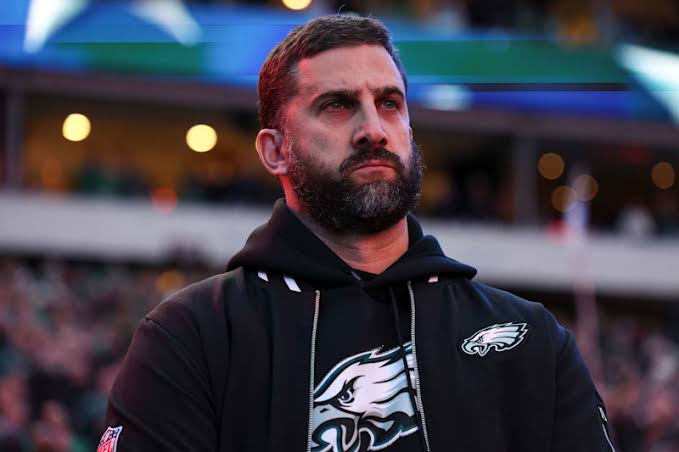

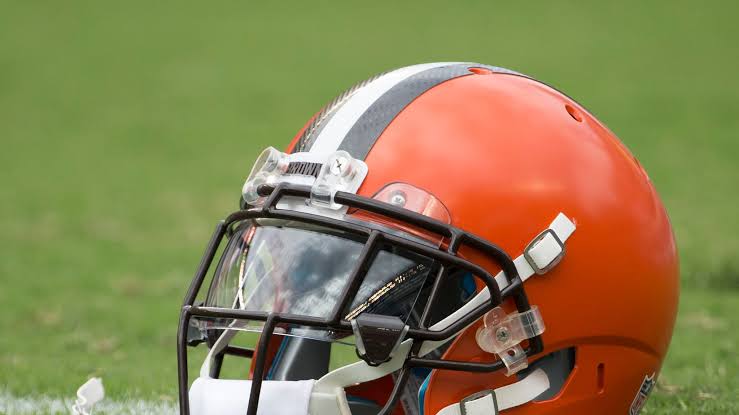




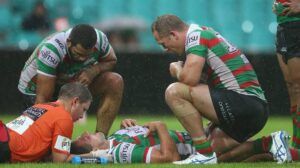

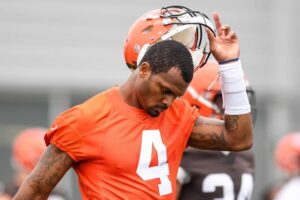

Post Comment